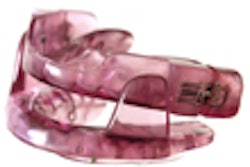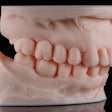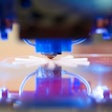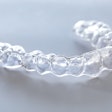Using a nasal continuous positive airway pressure (nCPAP) machine for more than two years may change craniofacial form by reducing maxillary and mandibular prominence, altering the relationship between the dental arches, researchers from the University of British Columbia report (Chest, July 8, 2010).
Many obstructive sleep apnea (OSA) patients use nCPAP as a first-line therapy. Previous studies have reported midfacial hypoplasia in children using nCPAP.
This study assessed craniofacial changes in OSA adult subjects after nCPAP use. Forty-six Japanese subjects who used nCPAP for at least two years had both a baseline and a follow-up cephalometric radiograph taken. These images were then analyzed and changes in craniofacial structures assessed. The cephalometric measurements evaluated were related to face height, interarch relationship, and tooth position.
The researchers found that after nCPAP use, cephalometric variables demonstrated a significant retrusion of the anterior maxilla, a decrease in maxillary-mandibular discrepancy, a setback of the supramentale and chin positions, a retroclination of maxillary incisors, and a decrease of convexity.
They did not identify significant correlations between the craniofacial changes, demographic variables, or the duration of nCPAP, however. In addition, none of the patients self-reported any permanent change of occlusion or facial profile.
Copyright © 2010 DrBicuspid.com



















